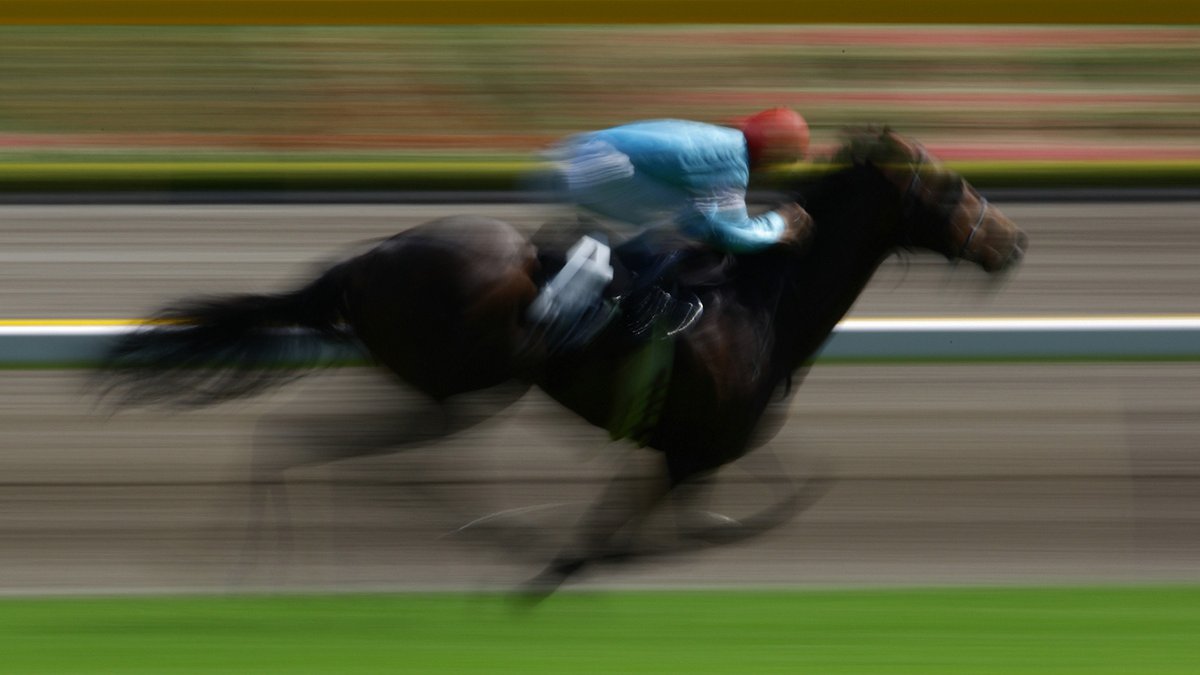Airway Endoscopy
The endoscope is passed via a nostril and enables visual assessment of the nasal cavities. In each side of a horse's nose there are 3 separate channels or 'meati'. Within these there are complex folded bony structures called nasal conchae and ethmoids. These can be examined with the endoscope for a variety of abnormalities such as infection, cancerous growths or foreign bodies.
Further back into the pharynx there are two openings into the eustachian tubes (that connect the back of the throat to the middle ear). In the horse they are wide enough for an endoscope and this is useful because they connect to the guttural pouches, which can develop infection or disease. One of the most common reasons for airway endoscopy is to look for signs of strangles infection in the guttural pouches. The guttural pouches are peculiar to the Perissodactyla (the horse and its relatives the tapir and rhinoceros) and are not seen in any other species.
In the pharynx we can examine the soft palate, epiglottis, pharyngeal lymph tissue, the larynx, arytenoids and vocal folds. These are important structures for the normal function of a horse's airway. When there is an abnormality it can be detrimental to normal air flow during exercise and serious for any horse that is a competing athlete. The most common abnormality is a partial paralysis of the horse's larynx, which causes a characteristic whistle noise when the horse breathes in during exercise.
Passing into the trachea, it is useful to examine the quality and quantity of fluid exudate, especially when looking for signs of lung disease. A lavage (tracheal wash) can be obtained from the trachea for examination of cells (cytology) and identification of bacterial infection. It is possible to pass the endoscope right down to where the trachea splits into the two large bronchi. A broncho-alveolar-lavage may also be used to wash cells from the lungs, including the lower bronchioles and alveolar air sacs. The wash fluid can then be analysed for accurate diagnosis of lung disease.
Gastroscopy
Gastroscopy is when an endoscope is passed down into the stomach and is mostly used for diagnosing gastric ulceration, which can be the cause of symptoms of discomfort and poor performance in horses.
They can be caused by the way a horse is managed and exercised, but may also be found where there is concurrent orthopaedic pain. A horse must be starved overnight before gastrosopy in order to empty the stomach of all food to allow good visualisation of all the mucosal surfaces.
The endoscope used for performing gastroscopy is longer than a normal endoscope although it is still passed via the horse's nostril. Our video gastroscope allows owners to observe in real time high definition images while the gastroscope is passing through the oesophagus, stomach and in many cases into the first part of the duodenum.

